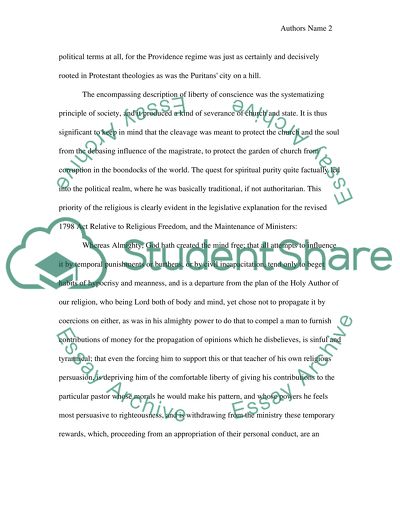Cite this document
(“Separation of Church and State Literature review”, n.d.)
Separation of Church and State Literature review. Retrieved from https://studentshare.org/politics/1515524-separation-of-church-and-state-essay
Separation of Church and State Literature review. Retrieved from https://studentshare.org/politics/1515524-separation-of-church-and-state-essay
(Separation of Church and State Literature Review)
Separation of Church and State Literature Review. https://studentshare.org/politics/1515524-separation-of-church-and-state-essay.
Separation of Church and State Literature Review. https://studentshare.org/politics/1515524-separation-of-church-and-state-essay.
“Separation of Church and State Literature Review”, n.d. https://studentshare.org/politics/1515524-separation-of-church-and-state-essay.


